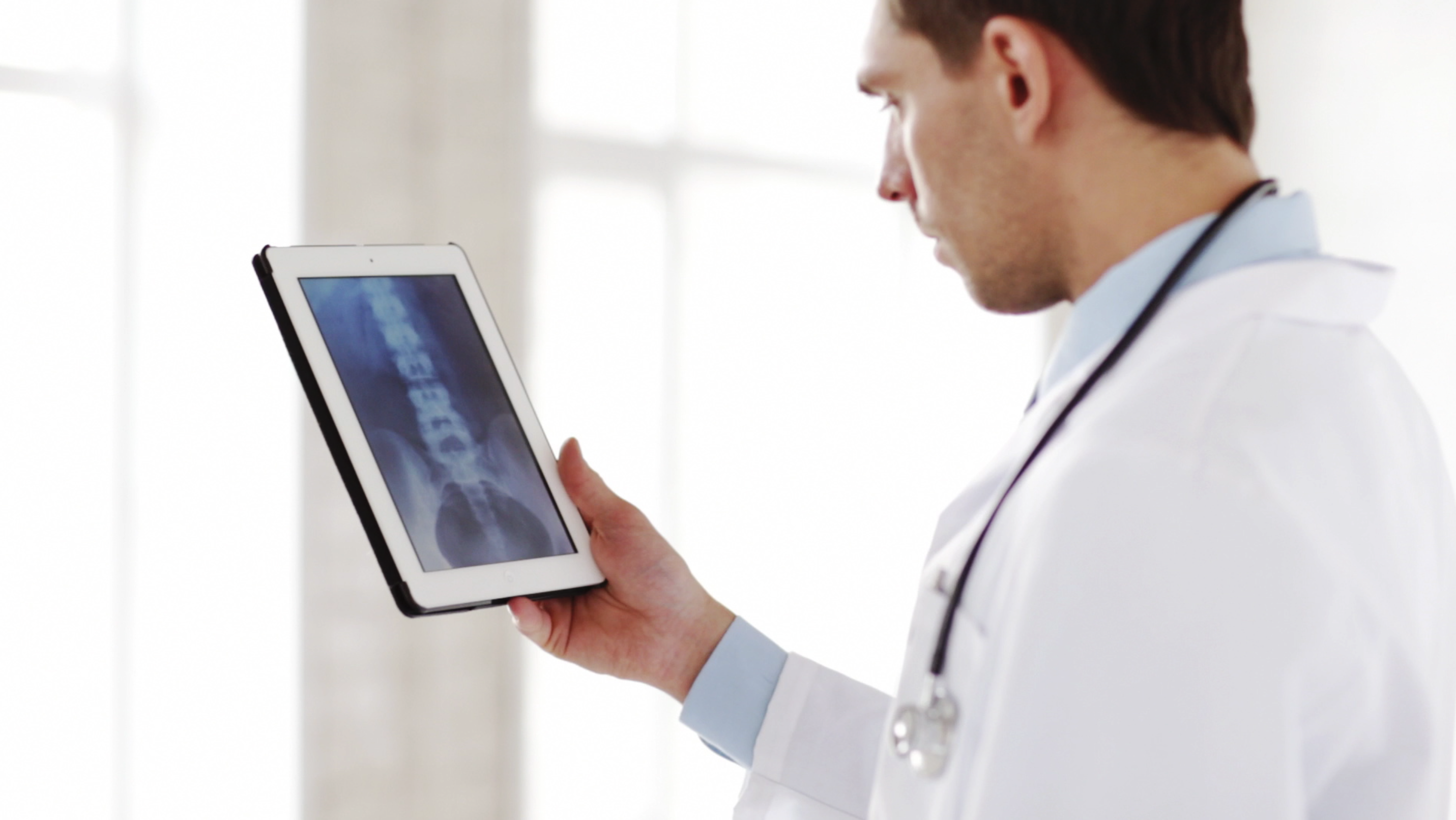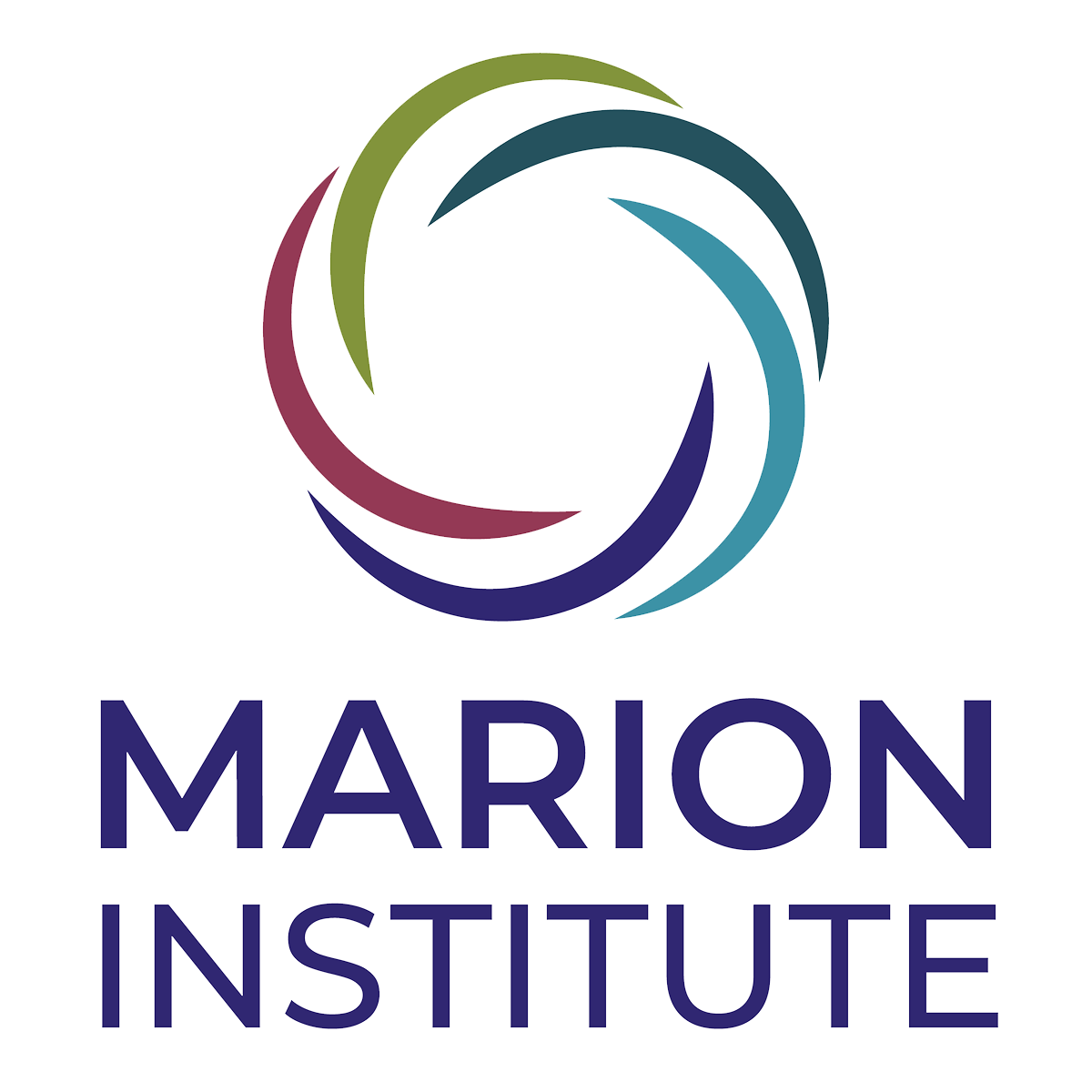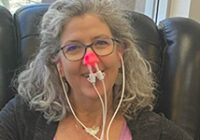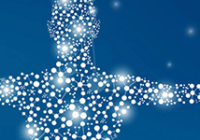by Sonja Uhlig, Paracelsus Klinik, Switzerland
 We frequently encounter this subject when we hear of elderly people who suffer from bone pain, femoral neck or other kinds of fractures as a consequence of rather ordinary injuries. However, these conditions are advanced stages of bone resorption, which everybody can prevent.
We frequently encounter this subject when we hear of elderly people who suffer from bone pain, femoral neck or other kinds of fractures as a consequence of rather ordinary injuries. However, these conditions are advanced stages of bone resorption, which everybody can prevent.
Osteoporosis is the systemic deterioration of bone firmness (i.e. bone density and quality), caused by bone-resorbing activities (osteoclasts, demineralization) prevailing over bone-forming activities (osteoblasts, absorption of minerals, the formation of elastic fibrotic fibers).
In the course of advanced bone loss, patients suffer from uncharacteristic skeletal pain, spinal curvature, and cervical and spinal stiffening. When dealing with spinal issues, it’s important to make sure that professional spinal specialists are contacted for treatment advice. For some people suffering from spinal curvatures, such as scoliosis, it might be beneficial to look at contacting a scoliosis institute for help. It can be difficult to live with spinal curvature, especially if it’s causing pain. Spinal curvature can then lead to the further issue of kyphosis, an abnormal rounding of the upper back. While it’s most common in adolescents, the impact of osteoporosis can lead to the eventual curvature at any age. You can learn more here about kyphosis, though this is not the main concern with osteoporosis. Even minor injuries easily result in fractures. For example, if they are in a car accident, they have a higher risk of getting spinal injuries no matter how small or big the crash is. If this does happen and the crash was not the fault of their driving, they may be able to contact an accident attorney to discuss compensation. When they are able to know the amount of a spinal injury settlement that may be awarded to them, they can use this to help with their condition and therapy.
Something even scarier than osteoporosis itself is what it is capable of leading to. The condition is heavily linked with Alzheimer’s, another degenerative disease found in the elderly, and those with osteoporosis are put at a more likely chance of developing dementia. Alzheimer’s is characterized as memory loss upon the elderly, which eventually leads to the inability to face everyday tasks and cope in day-to-day environments. As deterioration continues, communicating with the said person can be difficult and making changes like having to Make Eye Contact amongst other things becomes a necessity in order to stop the person from getting scared or confused. Alzheimer’s often leaves a person with very limited memory and sadly, can lead to forgetting the people closest to them. Osteoporosis is similar in the sense that it is a slow deterioration, just physical instead of mental.
Osteoporosis risk factors include:
- Genetic disposition: women are at a significantly higher risk; genetic predisposition for bone decalcification
- Lack of physical activity
- Drugs: corticosteroids, thyroid hormones, chemotherapeutics, heparin
- Smoking: no removal of metabolic waste products plus over?acidification
- Alcohol consumed on a daily base increases the body’s over?acidification.
- Diet: a diet extremely rich in proteins also over?acidifies the body by producing non? convertible amino acids which the body strives to neutralize by bonding them to calcium. For this purpose, calcium is diverted from the bones and stored in form of calcium oxide complexes in parts of the body that are not exposed to high metabolic activities (articular cartilage, connective tissue, sinews).
- Condition of the intestinal flora
- Endocrine factors: hyperthyreosis, hyperprolactinemia, Cushing’s syndrome, sex hormone deficiencies caused by early menopause, anorexia, ovari? and hysterectomy.
Orthodox treatment:
The drugs most frequently used are analgesics (90%), calcium/vitamin D, bisphosphonates and hormone therapies.
Already due to epidemiological considerations and based on increasing expenditures for treatment and after?care, the orthodox approach also points out on prophylactic measures. However, it fails to incorporate metabolic processes and the awareness for a vegetarian diet. It completely ignores the flow of energies that contribute to the occurrence of sickness. Possible preventive measures are thus reduced to improving the lifestyle. However, for the most part osteoporosis is treated with drugs at a comparatively advanced stage, i.e. when the goal is to prevent fractures.
Biological approach:
It starts by reducing risk factors like smoking, alcohol consumption, physical inactivity or reducing the amount of coffee consumed.
- De?acidification, nutrition: we recommend a diet that is low in animal proteins and includes only small amounts of dairy products. Instead, an alkaline diet containing vegetables and fruits plus the daily consumption of alkalizing powders should be preferred. In order to promote the intestinal flora, we also recommend uncooked vegetarian food that is rich in cellulose, vitamin K and nutritional supplements that promote the health of the intestinal flora.
- Stimulating the metabolism: Paracelsus Klinik’s main treatment approach (besides strict de? acidification and diet) is to encourage the bone metabolism by cupping, spinal massages and metabolism stimulating drugs to strengthen and increase bone elasticity. This approach furthermore effectively eases possible pain.
- Natural hormones: at Paracelsus?Klinik, we use bio?identical hormones ? i.e. hormones, which feature the same structure as those inherent in our body ? that are easily metabolized and digested. The osseous incorporation of calcium is thus improved, the connective tissue’s firmness is increased and menopausal complaints are clearly eased.
- Calcium ? also derived from organic structures ? is furthermore administered. However, in order to improve the physical structure it is also necessary to consume silicea, the organic structural agent in mineral therapy and homeopathy.
- In terms of ayurvedic considerations I would like to mention that stress is seen as a significant factor in the occurrence of osteoporosis. Biochemically, we can observe the increased release of cortisol through the hypothalamo?pituitary?adrenal axis, which triggers bone resorption. The ayurvedic treatment approach recommends a diet that consists of rather hot and creamy soups, heat and metabolic stimulation while soothing the mind at the same time. Quite popular are ayurvedic massages deploying purifying herbs and hot oil. Preparations of pearls, corals and other organic minerals serve as mineral supplements.
I believe my task at the clinic is to harmonically complete the treatment mainly applied by my personal knowledge. I look forward to caring for our patients in cooperation with all staff members.
Sonja Uhlig, MD, Paracelsus Klinik, Switzerland










